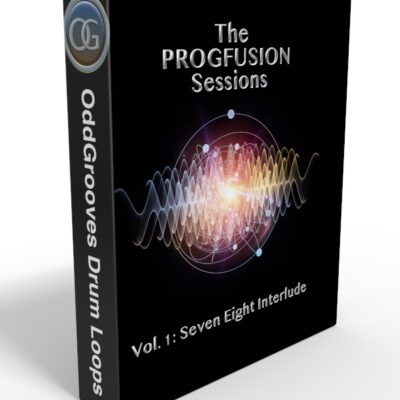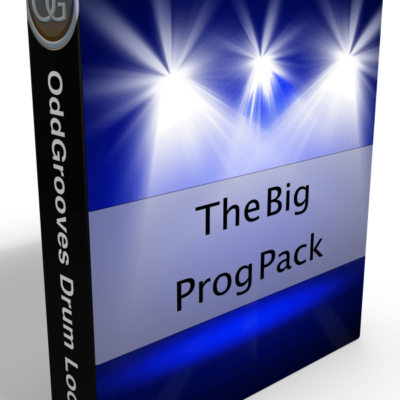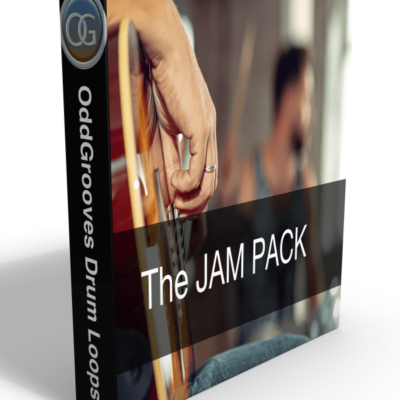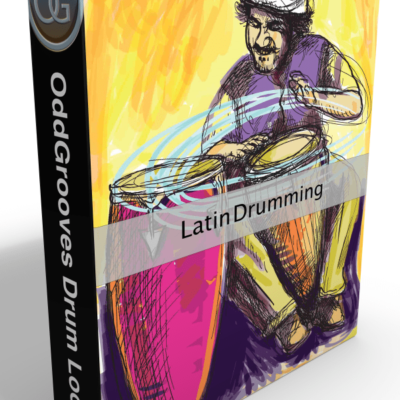A Brief History Of Latin Drumming And The Role It Plays In Music Today
The history of Latin drumming begins with the slave trade. Drums were, and still are, a huge part of the African culture and many tribes in Africa used drums as a way to communicate with one another. They continued to do so even after they lost their freedom. Drums are one of the oldest music instruments in the world, and as slaves were taken and transported to different parts of the world, the captives took their unique style of music with them.
The beat of a drum often symbolized the beat of the human heart. It’s in this rhythm, that many African slaves found comfort and a sense of unity with each other. They would sing, dance, and play their drums whenever they got the chance, as a way to escape the mental and physical tortures of everyday life. Music was something that could not be taken away.
Many slaves, who were stuck on ships for months, would strike wooden pegs together to create a beat. These wooden pegs, eventually became the claves that are used in much of Latin music today.
The music wasn’t just a way to entertain, it was also a way to practice religious rituals and customs. This, was of course, not allowed, so they came up with the idea of throwing parties. At these events, they combined several types of music and dance to come up with what is now known as the samba.
The Surdu is one of the drums that create the distinctive sound of the samba. Three Surdu are usually used to make different notes and rhythms. The Timbal is another drum that’s used in the samba. All drums used in this style of music are made from very lightweight materials so they can be carried easily during carnival festivals.
The playing style used in bossa nova evolved from the samba, but there is less percussion with more harmony in bossa nova. While the samba originated in the shanty towns of Rio, bossa nova got its start in the affluent communities of Rio de Janeiro. Drums are not as important to bossa nova as they are to the samba, but you will hear tapping of rims and eighths on the high-hat performed continuously throughout most bossa nova songs.
Bongos and conga drums are also used frequently in Latin music. The bongos create a high-pitched beat, whereas the congas give off a lower-pitched rhythm. The cajon is basically a crate with a top made of plywood and is another percussion instrument that’s often played by Latin musicians.
The mambo and songo are both fast-paced music styles that are all about feeling the beat and letting yourself go. The drumming styles in Latin music are much different than those used in other kinds of music. Many find it almost impossible to sit still when they hear the energizing beat of the drums.
There is a rich history behind the drums used in Latin music. Many believe that if you can master all of the different types of drums in this genre of music, you will be well on your way to becoming a much better musician.
Buy latin drum loops here!






